Discovering the Mercantour Park
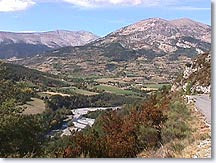
Since it was created in 1979, the Mercantour Park has become one of the most popular of the seven French national parks, with 800,000 visitors every year, enjoying the 600 km of waymarked footpaths and visiting its 28 perched villages.
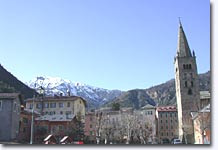
The protected area covers some 685 square kilometres, consisting of a central uninhabited zone comprising seven valleys - Roya, Bévéra, Vésubie, Tinée, Haut Var/Cians (in the Alpes Maritimes) plus Verdon and Ubaye (in the Alpes de Haute Provence) - and a peripheral zone comprising 28 villages. Many of them are perched villages, concealing great architectural riches (numerous churches decorated with murals and altar pieces by primitive Niçois painters). More than 150 rural gites are located within the Park.
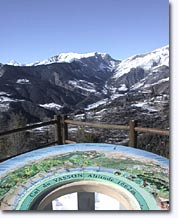
In the heart of this setting of vertiginous summits (including Mont Gélas, the highest point in the Alpes Maritimes at 3143 m), lies a gem listed as a Historical Monument, the famous Vallée des Merveilles, the aptly named valley of marvels.
At the foot of Mont Bégo, climbers can admire some 37,000 rock carvings dating back to the Bronze Age representing weapons, cattle and human figures that are sometimes very mysterious. Other less sporty visitors mustn't forget to have a look round the Musée des Merveilles at Tende.
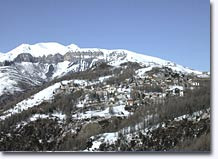
In addition to the holm oak, the Mediterranean olive tree, rhododendrons, firs, spruces, cembro pines and above all larches, the Mercantour is also endowed with more than 2,000 species of flowering plants, 200 of which are very rare: edelweiss and martagon lily are the best known, but there is also saxifrage with multiple flowers, houseleek, moss campion and gentiane offering a multi-coloured palette in the spring.
Walkers may easily glimpse a chamois deer, which are very numerous in the Park (several thousand) and may often hear the whistling of marmots. The ermine is rarer (and more furtive), as is the ibex and the mouflon, although with a little luck you may be able to observe them during the coolest times of day in the summer.
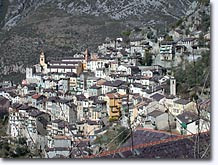
There is a tremendous variety of wildlife in the Mercantour: stags and roebucks in the undergrowth, hares and wild boars, partridges, eagles and buzzards, numerous species of butterflies and even a few wolves (reintroduced at the beginning of the nineties).
At Saint-Martin Vésubie, you will be able to observe wolves in the Alpha Parc, you have to book in advance.
A few suggestions for hiking in the Mercantour Park :
The valley and lake of Lauzanier (alt 2284m) :
one of the most beautiful glacial U-shaped valleys in the Park (an easy half-day's walk starting from Larche)The Lake of Vens (alt 2370m) : starting from Bousiéyas
(a day's hike, with a height difference of more than 800 m)The Bonette Pass (alt 2802m) : an automobile circuit on the highest road in France: from the orientation table at 2860 m, you have a marvellous view of the whole of the Mercantour, the Barre des Écrins and Mont Viso.
Madone de Fenestre (alt 1900m) :
a place of pilgrimage and starting point for numerous hikes (including a great race, the ascension of Mont Gélas).Le Boréon (alt 1500m) : the starting point for many hikes (La Cougourde, Trécoulpes Lake, Nègre Lake, etc…)
La Vallée des Merveilles (alt 2200m) : listed site with numerous lakes, famous for its Bronze Age rock carvings.
L'Authion (alt 1900m) : 9 km circular road hike with view points of the high mountain areas and the Mediterranean. Interpretation circuit of the military forts with explanation panels.

